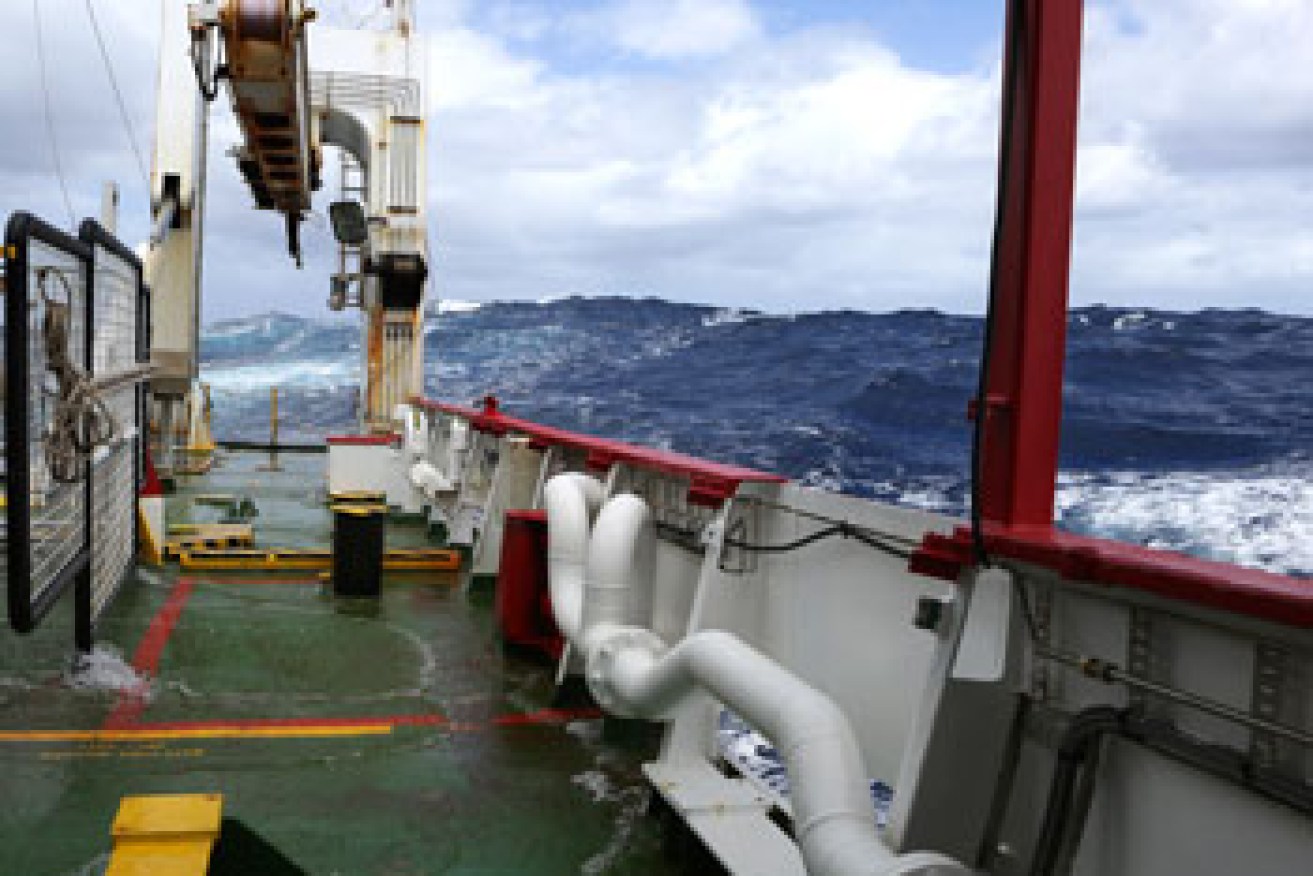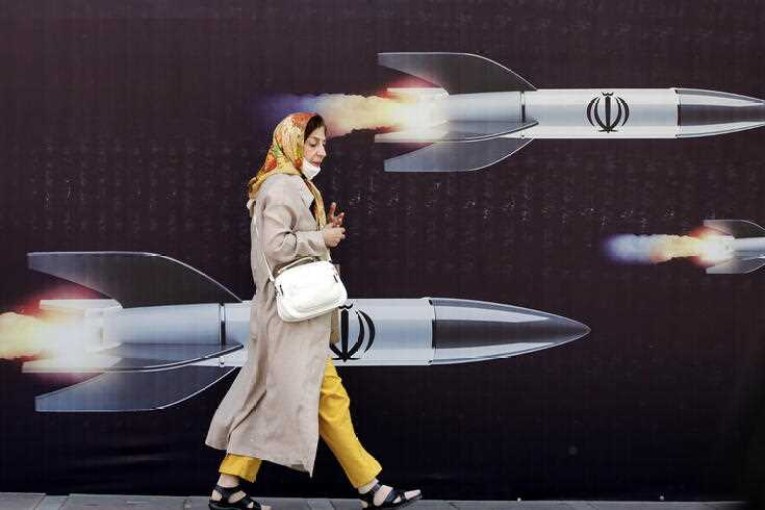‘We want to find MH370 more than anything’


ATSB/ABIS Chris Beerens/RAN
Marine crews looking for a missing Malaysia Airlines plane would be gutted if the search ended without a trace of the aircraft and would gladly stay on their “floating prison” much longer if it meant finding the aircraft.
Unless new information was found, the Australian-led search for flight MH370, which vanished on March 8, 2014 with 239 passengers and crew on board, will end in less than three months, whether or not the plane was found.
It is more than five days’ travel through rough, uncharted waters to reach the zone authorities think is most likely to be the final resting place of the Boeing 777 plane.
Officially, the search is a recovery mission, although there are many family members adamant their loved ones are still alive. It is a burden the men and women charged with scouring the ocean floor bear with reserved honour.
“All of us who have been regular members of the team we really don’t want to leave the team, we want to see this through, we want to find it more than anything,” Scott Miller, one of the experts leading the search, told The New Daily.
“We don’t want to spend two years of our lives looking for it and then have [the search] cancelled before we find it.
“It is a costly thing to survey for indefinitely, so I understand where they are coming from … from my personal point of view, I would be quite disappointed not to have an answer – it is like doing a jigsaw puzzle but missing the last four pieces.”
See a video timeline of the search below:
Mr Miller leads the team on Dutch survey vessel Fugro Equator which joined the search in June 2014 to map the ocean floor.
Usually exploring the oceans for oil or gas companies or recovering equipment lost on the seabed, the search for MH370 has brought out a passion in the crew members unlike the usual jobs.
He said pulling a piece of the missing Malaysia Airlines plane from the depths of the southern Indian Ocean would be a moment of “bittersweet relief”.
“The fact that this involves the loss of 239 … [it] makes this very different, it makes us very dedicated to work through the lack of sleep,” Mr Miller said.
But their efforts could prove to be futile.
According to the Australian Transport Safety Bureau (ATSB), the government organisation leading the costly search, whether or not the aircraft is found it will end this year.
“The governments of Australia, Malaysia and the People’s Republic of China have agreed that up to 120,000 square kilometres will be searched,” an ATSB spokesperson said in a statement to The New Daily, adding that this was likely to be reached mid-year.
“There will be no further expansion of the search area unless there is credible new information that leads to the identification of a specific location of the aircraft.”

Rough seas turn ships into ‘floating prisons’

Search teams encountered demanding conditions throughout the search, Mr Miller reported the biggest swells were about 17m. Photo: ATSB/James Hancock
As the search enters its 24th month, there are four ships combing the ocean floor for answers.
It takes between five and six days to reach the search zone – a 120,000 square kilometre strip of ocean along the seventh arc in the southern Indian Ocean, the location of the last satellite communication with the Malaysia Airlines craft.
It is “days and days out of chopper range” in waters between five and six kilometres deep and rogue conditions.
“When the weather is good, life is very nice on the boat,” Mr Miller said.
“Unfortunately, when it gets rough and the forecast shows no end to it, then you are kind of stuck on what feels like a floating prison … life at those points becomes very draining.
“I think our record wave was a 17m high wave, which is a third of the length of the boat.”
Crews are on the water for six weeks, working either noon to midnight or midnight to noon seven days a week.
“That allows everyone to see the sunshine,” Mr Miller said.
‘It is a big ocean and a big search area’

The Fugro Discovery navigates rough seas in the southern Indian Ocean. Photo: ATSB/ABIS Chris Beerens/RAN
When the ship reaches the search zone, a deep tow system, nicknamed the “fish”, checks the seafloor for signs of an oblong-shaped “debris field”.
“Man-made objects stand out very differently to the natural seabed, so it is very easy for us to identify debris fields,” Mr Miller said.
“It is just a matter of running the equipment over the top of it, unfortunately it is a big ocean and a big search area.”
Connected to the ship with a 10km cable, sonar sensors look one kilometre either side of the tow, while multi-beam echo sounds look below. A petro-chemical sniffer detects any fuel that might be leaking from the crash site, although it was unlikely there would be any left after two years.
“[Finding it] would be one of those bittersweet moments, we are out there to find closure for everyone, but it is the final resting place of so many people,” Mr Miller said.
Australian officials are waiting to assess a piece of plane debris found by an American tourist on a Mozambique beach for any connection to the MH370 craft, while there are also unconfirmed reports a third unidentified plane part washed ashore on Reunion Island on Thursday.









